The Regent’s Park Planting Trial
What are we doing?
We’re testing hardy, pollinator-friendly plants as part of a new garden in The Regent’s Park, which is being created to commemorate the life of Queen Elizabeth II.
We’re transforming a disused plant nursery into a new garden, which will add two acres of biodiverse parkland to the centre of London, with significant benefits to nature.
Why are we doing it?
The planting trial will help build understanding on how different soil compositions affect plant growth and resilience, ensuring the new garden is designed to thrive in a changing climate.
The aim of this trial is to develop a sustainable, climate-resilient planting scheme. We are testing plants that can withstand extreme weather events and fluctuating conditions—characteristics that will become increasingly important as we face global climate challenges.
Concrete crush: an innovative approach to soil
A key part of the trial is the testing and development of a substrate using a crushed concrete mixed with soil. We’ve recycled concrete from the former glasshouses, crushed it, and blended it with soil to create an innovative growing medium.
By repurposing materials from the site itself, we are embracing a circular economy model. This aligns with our sustainability goals, which include minimising artificial irrigation and implementing climate-adaptive planting strategies.
We’ve created two distinct soil compositions to see how the plants respond:
- Low Fertility Soil: A mix of 80% crushed concrete and 20% soil, designed to drain quickly and provide a low-nutrient environment for drought-tolerant plants.
- Medium Fertility Soil: A blend of 60% crushed concrete and 40% soil, which retains more moisture and contains slightly more nutrients, making it suitable for plants that require a bit more support.
By testing these soil mixes, we can understand how plants interact with different fertility levels and water retention properties, helping us create a more climate resilient garden.
These free draining soil mixes will also help plants survive our increasingly wetter winters.
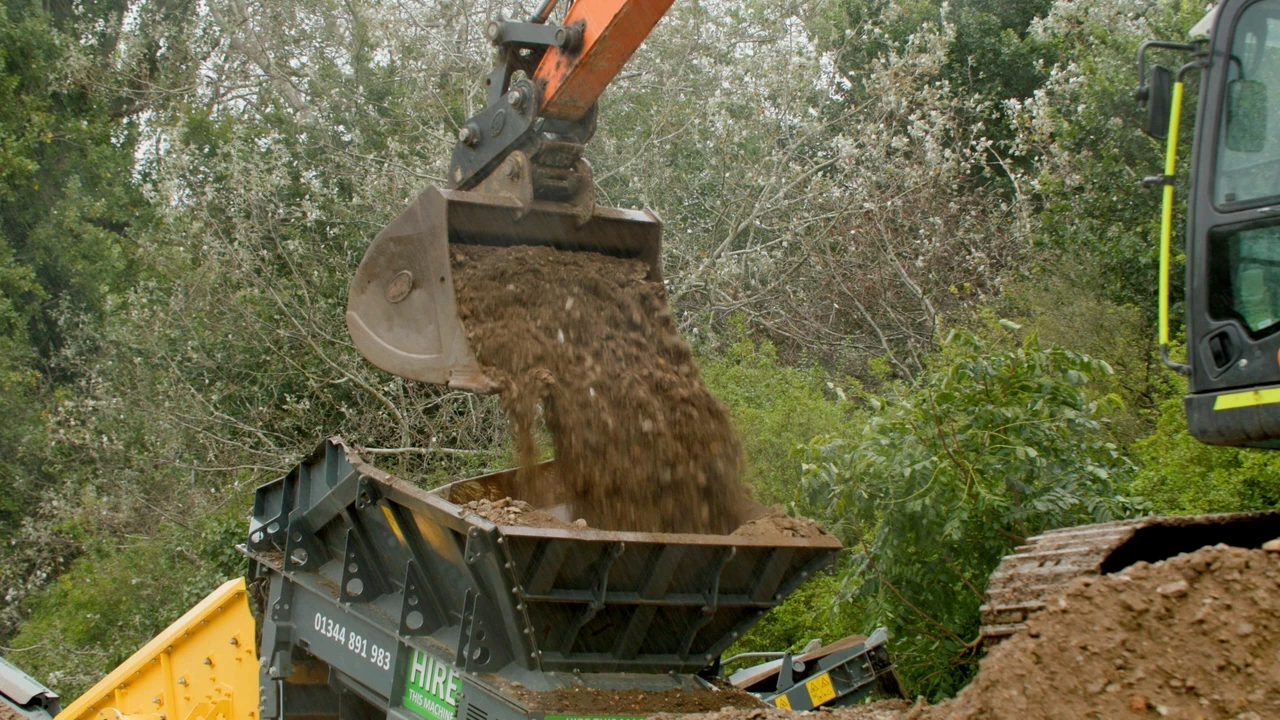
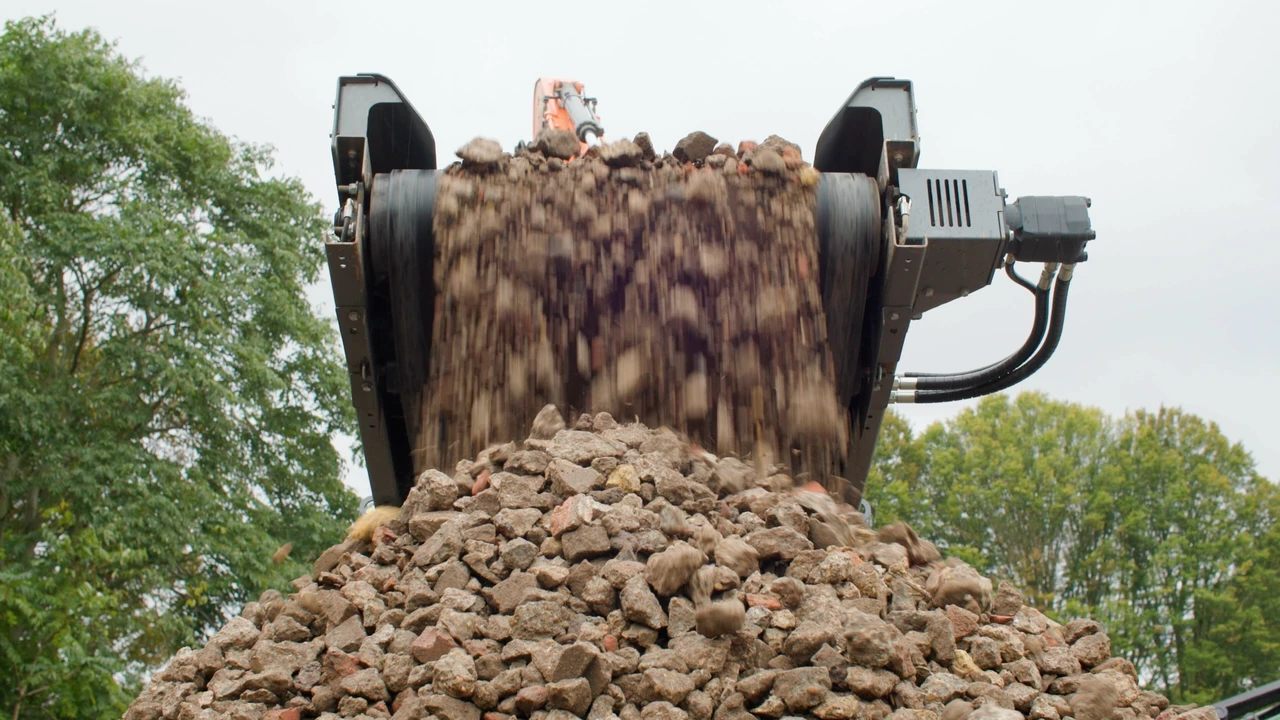

The plants
Here’s a snapshot of some of the plants we’re testing. Each species was chosen for its resilience to climate and its suitability for the soil mixes used in the garden:
Rosa pimpinellifolia (burnet rose)
Origin: Native to Europe and Asia
Description: A hardy, native rose species known for its ability to thrive in dry, poor soils. The burnet rose will be featured in the flowering steppe area of the garden, where it will grow in low fertility soil. Its small, fragrant flowers attract pollinators like bees and butterflies.
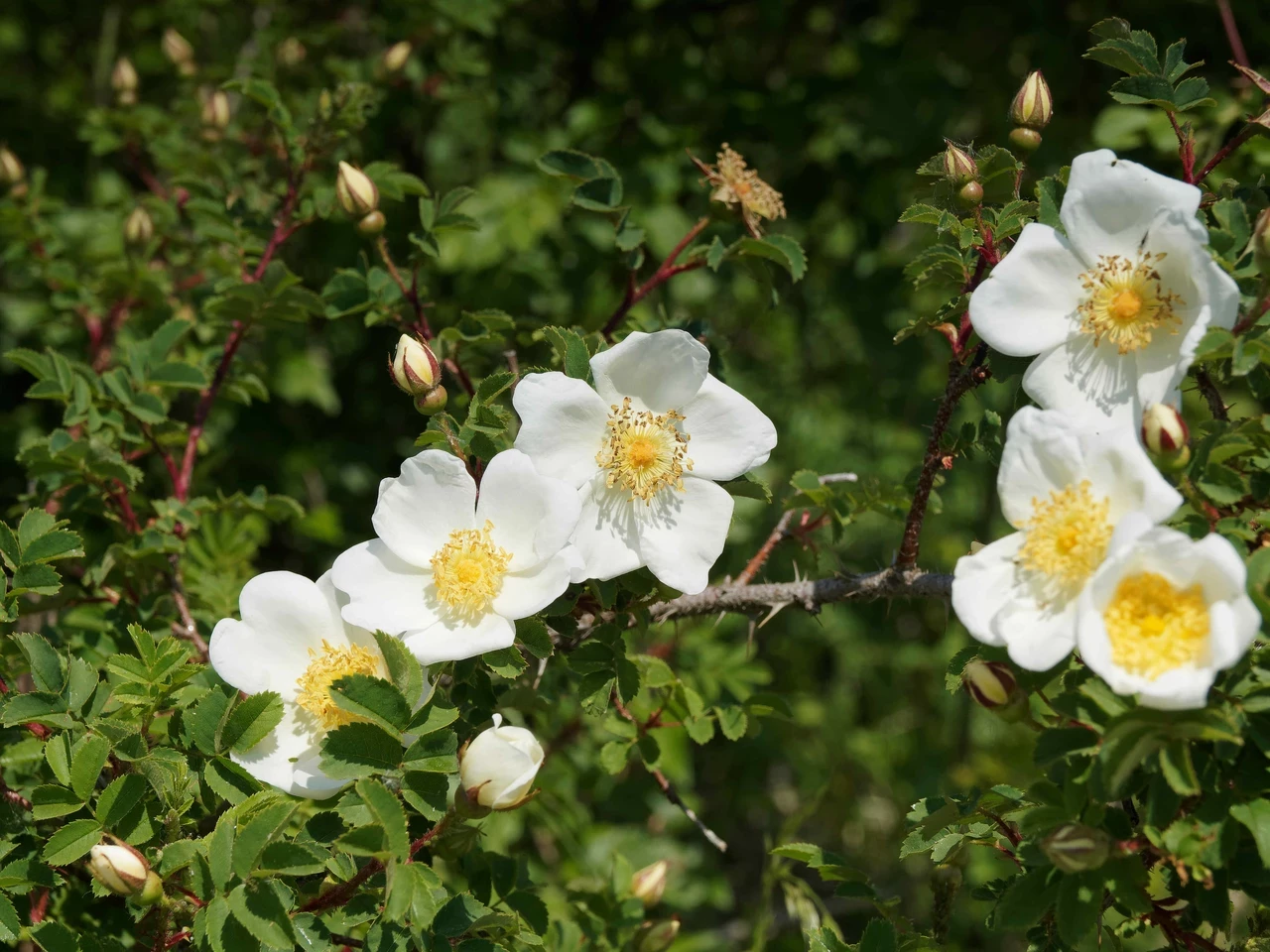
Calamintha nepeta (lesser calamint)
Origin: Native to southern Europe
Description: This aromatic herb is known for its resilience to heat and drought. It will be planted in the roundel shrubby area of the new garden around the central tree, growing in low fertility soil. Lesser calamint has tiny, lavender-coloured flowers that attract pollinators, making it an excellent choice for supporting local wildlife.

Festuca mairei (atlas fescue)
Origin: North Africa
Description: A tufted grass, well-suited to Mediterranean-style environments. It will be planted in the Mediterranean shrubby area with medium fertility soil. Atlas fescue is drought-tolerant, and its fine, blue-green foliage will add texture and movement to the garden.
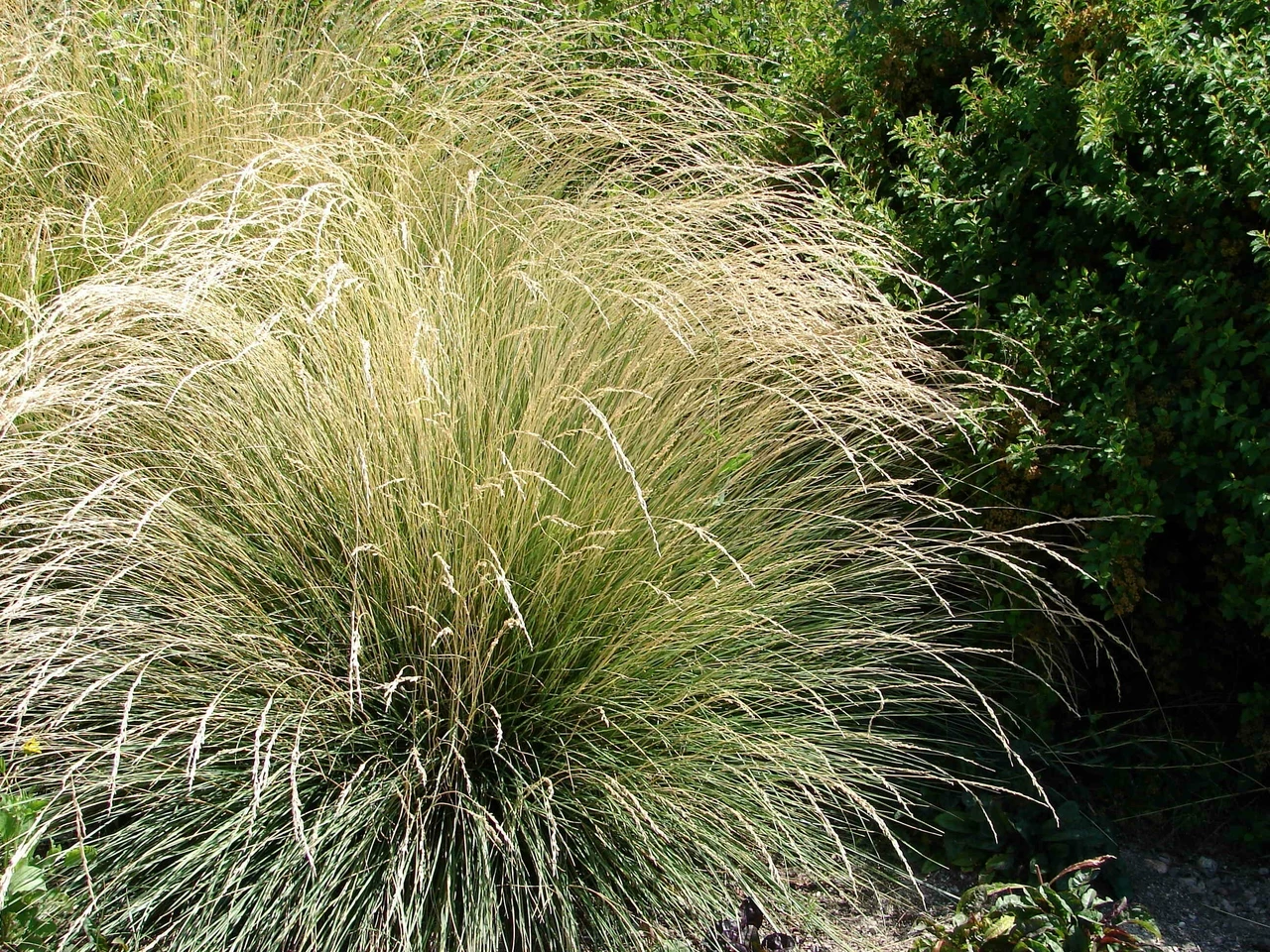
Hemerocallis ‘Punch Yellow’ (daylily)
Origin: Garden origin
Description: Known for its bright, showy yellow flowers, the daylily will be placed in the swale area of the garden, where it will grow in medium fertility soil. It is a hardy perennial that blooms profusely in summer and is adaptable to a variety of growing conditions.
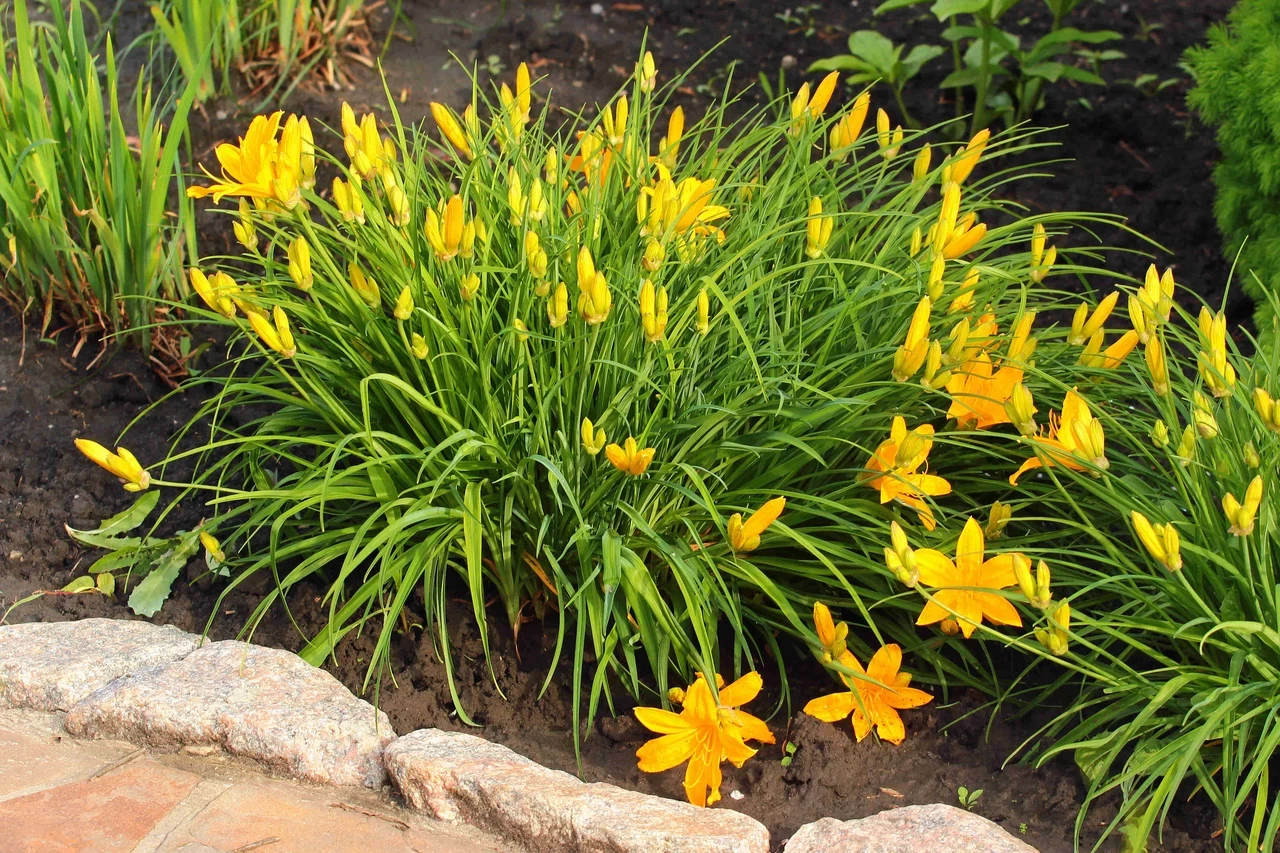
Related Articles
-
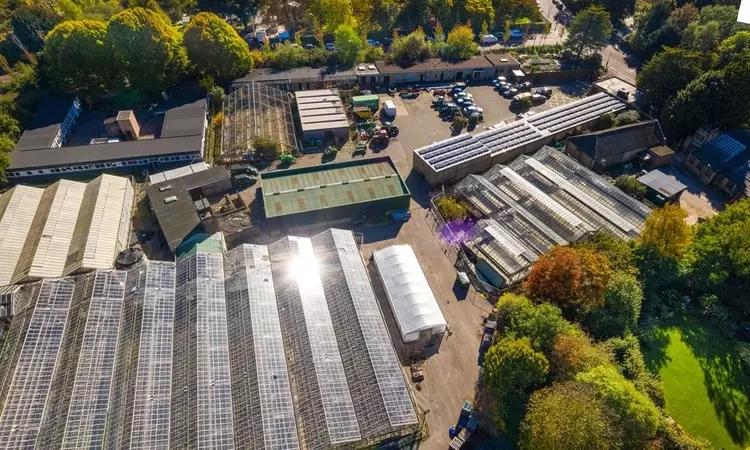 Watch
WatchA new garden in The Regent's Park: Demolition and clearance
Follow the story of the creation of a new garden in The Regent’s Park to commemorate the life of Queen Elizabeth II.
-
 Read
ReadTop things to do in the Royal Parks this spring
It’s time to turn down your thermostat – spring in London is here and there’s plenty to do and enjoy in the Royal Parks.
-
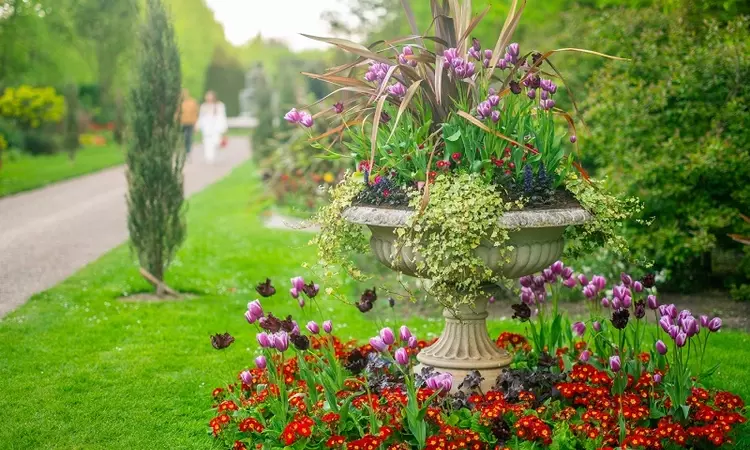 Watch
WatchSpring walkthrough: The Regent's Park & Primrose Hill
Take a quick tour through The Regent's Park & Primrose Hill in spring with this mapped walking route, showing some of the park's highlights.